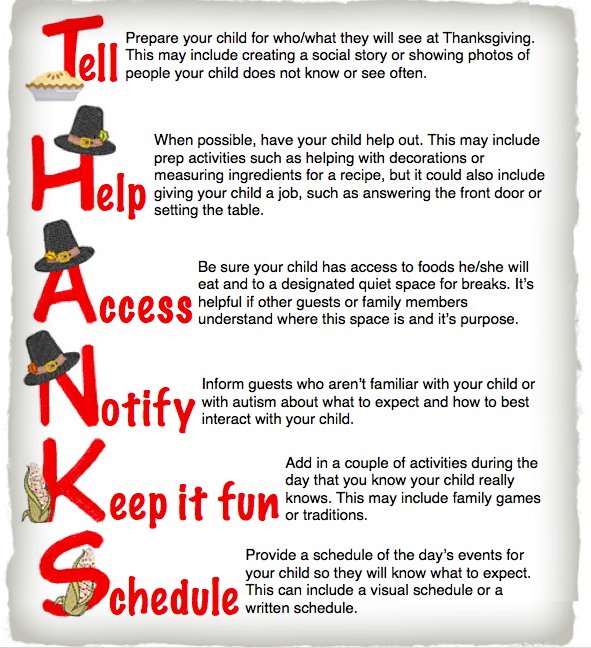This week we have an introduction to our newest book from one of the authors, Sam Blanco PHD, LBA, BCBA. ABA Tools of the Trade is available now!
From the beginning of my career, I have loved data collection. Not only does it help me track what interventions are working and how quickly my students are learning, it also provides excellent structure and organization of what needs to be done on a daily basis. Much of this love of data collection was influenced by my colleague Val Demiri. While Val and I both looked at data as a way to make our lives easier, for many of our colleagues, data appeared to be more of an obstacle than a useful tool. So we set out to change that.
We’re both so thrilled about the release of ABA Tools of the Trade: Easy Data Collection for the Classroom. Our goal is to make data collection easier, more useful, and possible considering the many tasks a teacher is already doing on a daily basis in their classroom. Here are few things we’re really excited to have in the book:
- An overview of some of our favorite tools for data collection, including why we love them and when they might be useful for you
- An easy-to-use guide based on the specific behavior challenges you are currently facing, with suggestions for data collection and recommended readings
- A task analysis of the data collection process that breaks down each step for pre-data collection phase, data collection phase, and post-data collection phase
- A wealth of strategies to use to address problem behavior before they occur
- An entire section devoted to BCBA Supervision that not only aligns with Task List 5 but also contains lesson plans and rubrics for assessing supervisees
We hope that by making data collection methods more accessible, we can motivate you to appreciate tools for data collection as much as we do!
WRITTEN BY SAM BLANCO, PhD, LBA, BCBA
Sam is an ABA provider for students ages 3-15 in NYC. Working in education for twelve years with students with Autism Spectrum Disorders and other developmental delays, Sam utilizes strategies for achieving a multitude of academic, behavior, and social goals. She is also an assistant professor in the ABA program at The Sage Colleges.

